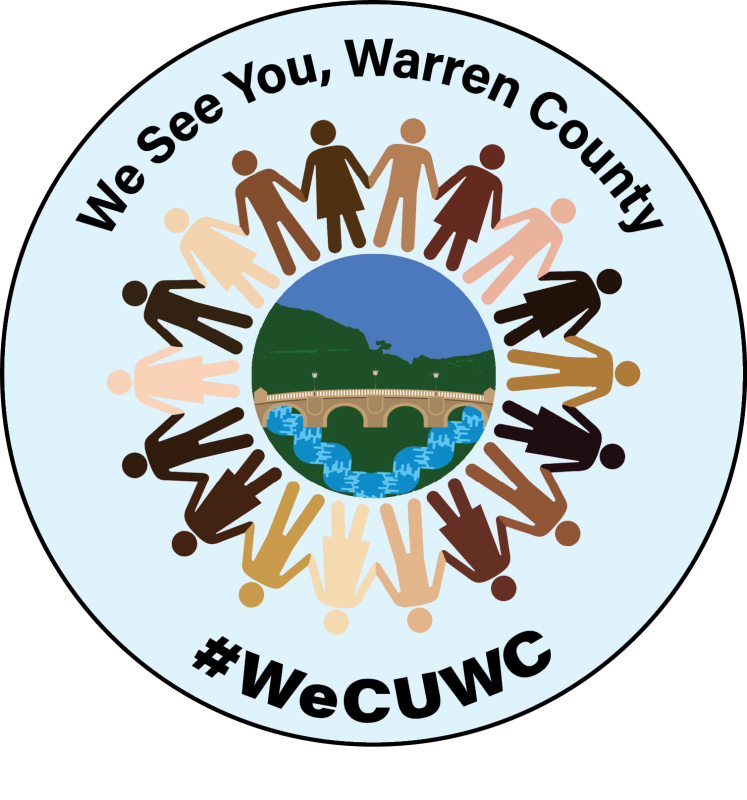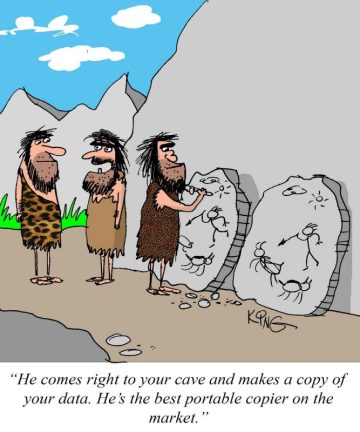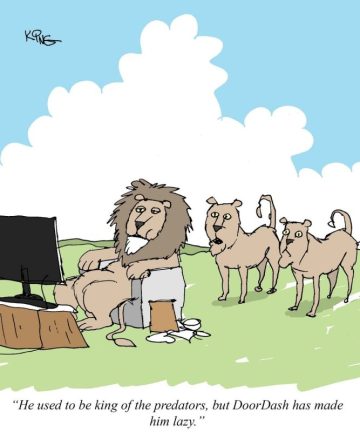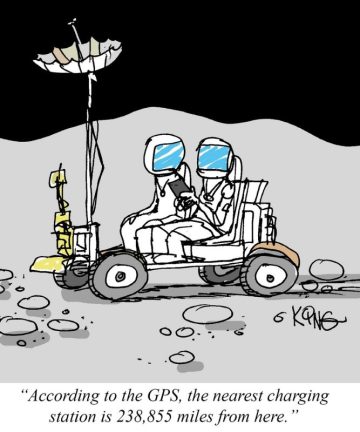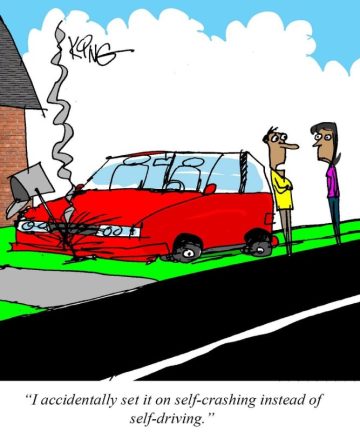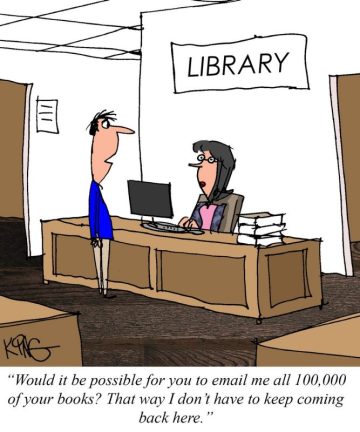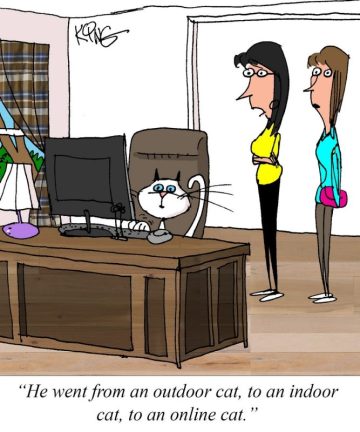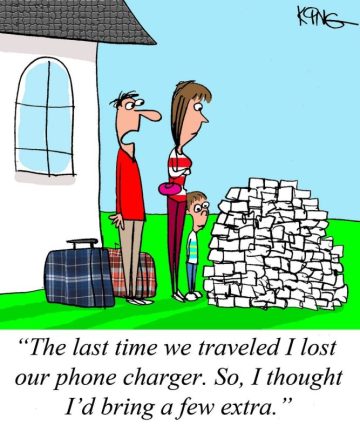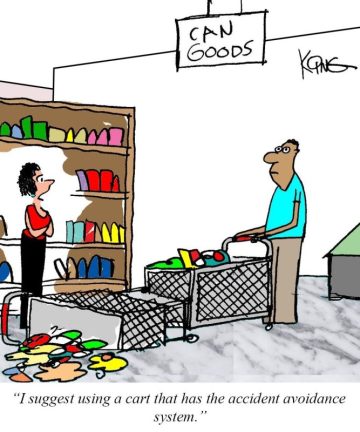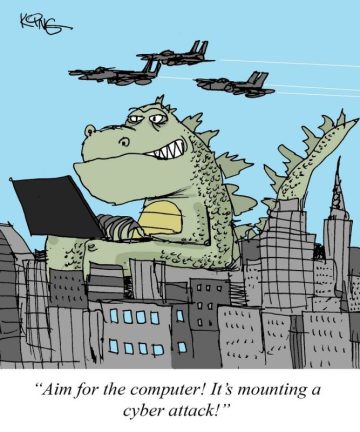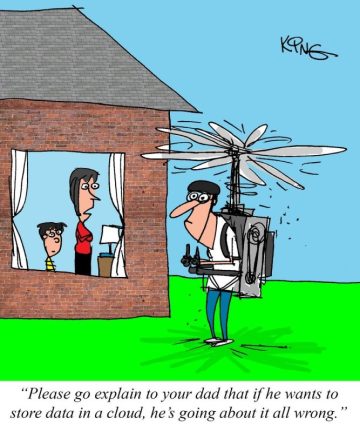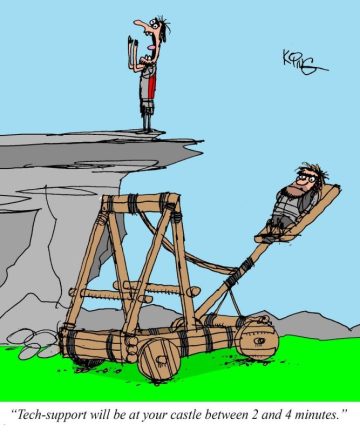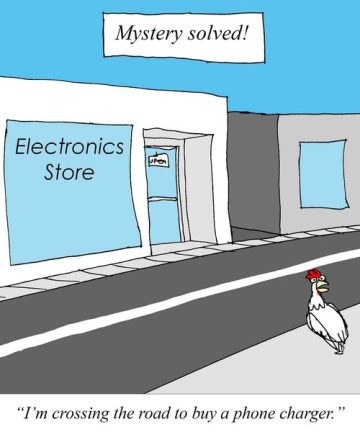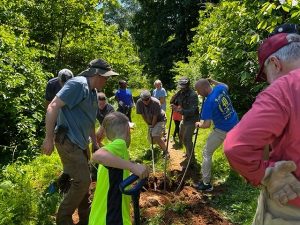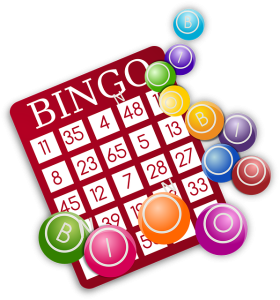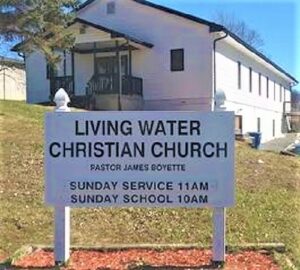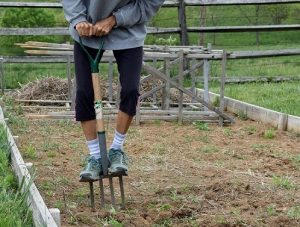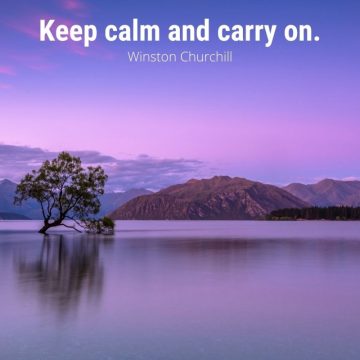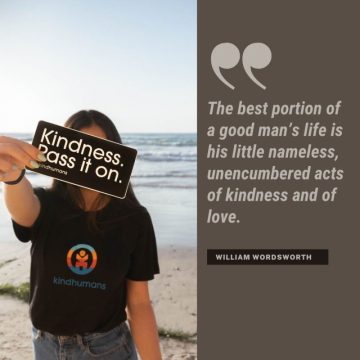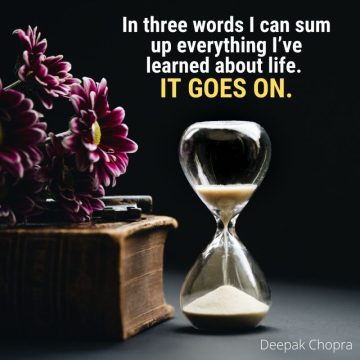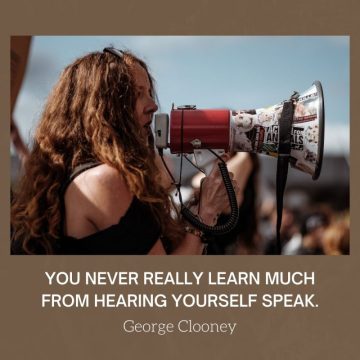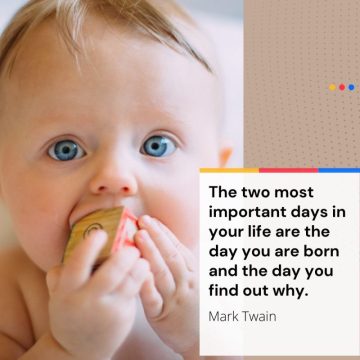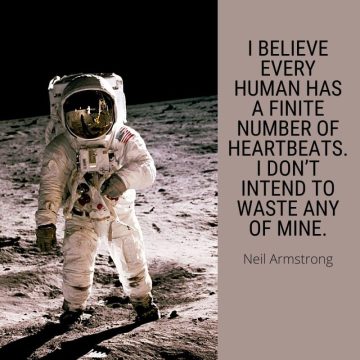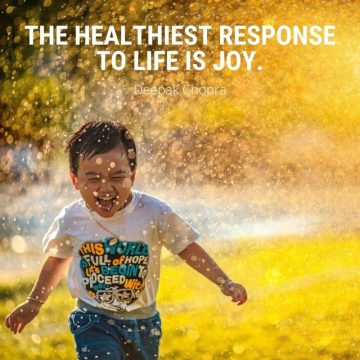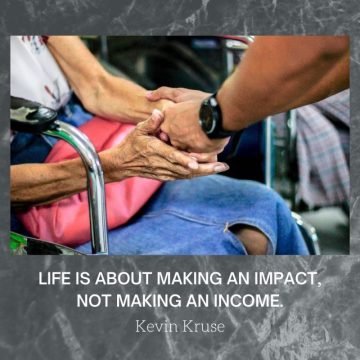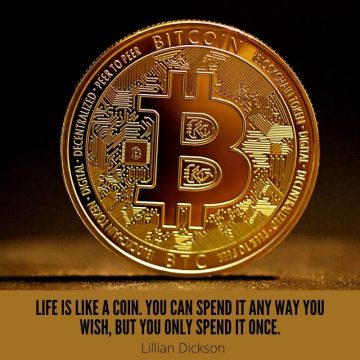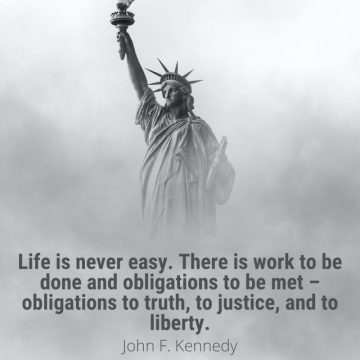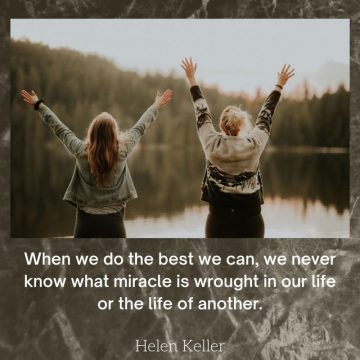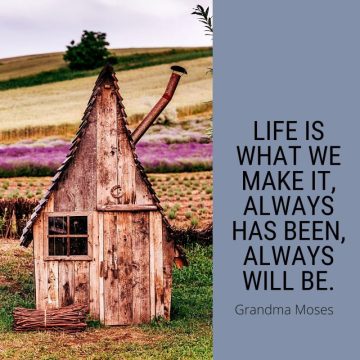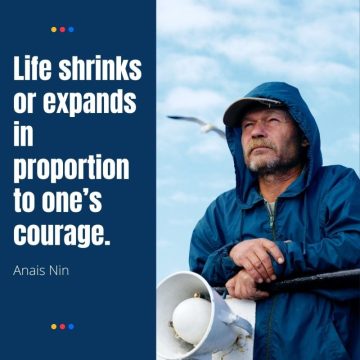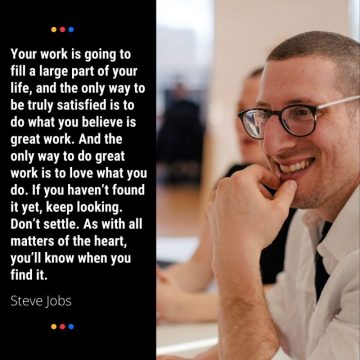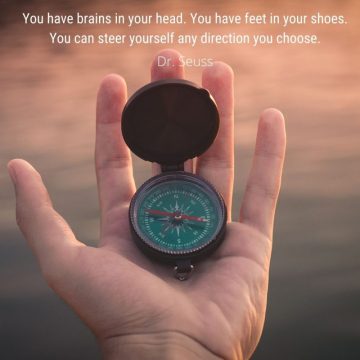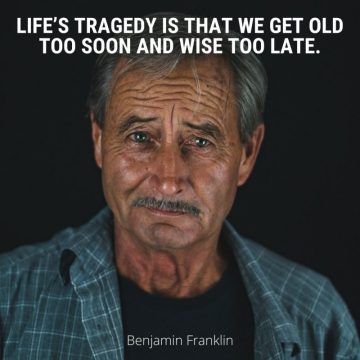Interesting Things to Know
A beginner’s introduction to cryptocurrency

Cryptocurrencies like Bitcoin and Ethereum are digital currencies that allow people to make anonymous transactions electronically without involving third parties, such as banks, credit cards or companies like PayPal. This is appealing because third-party institutions often charge fees and slow down the transfer process, especially for large, international transfers. Cryptocurrencies eliminate the need for a middleman by using a peer-to-peer network that relies on cryptography — the practice of encrypting information so that only select people can read and process it.
These currencies are not only virtual but also decentralized, meaning that no government or central authority controls how much is in circulation. Instead, circulation is monitored by the user community, and transaction data is stored on computers across the world.
How blockchain works
Rather than using intermediaries, cryptocurrencies use blockchain technology to record and verify transactions. A blockchain is a list of all transactions that occur using a cryptocurrency, with each block representing a specific transaction. It can be accessed by anyone using the currency but is encrypted so your private information stays secure.
When you start using a cryptocurrency, you receive a digital wallet and a public and private key. Your private key is a string of letters and numbers that you use to sign a transfer to confirm that it’s from you. Once entered, it becomes encrypted, but other users can use your public key to check that you’ve signed it with your unique signature.
So, how exactly do transactions get recorded on the blockchain? When you enter your private key to send cryptocurrency, it spurs an encryption process that generates a complex math problem. Blockchain users compete to solve the problem by running high-powered computers that eventually find the solution to the algorithm. Solving the algorithm results in a new block being added to the chain.
The users competing to solve algorithms are called miners because the user who solves the problem first is rewarded in new digital coins. Each time a block is added, more cryptocurrency is generated. Mining cryptocurrency thus verifies transactions while rewarding the people responsible for keeping the blockchain updated.
Investing in cryptocurrencies
Financial experts are divided on whether cryptocurrency is the future of money or just a passing fad. In any case, at the moment cryptocurrency is a high-risk investment. Since digital currencies have no fixed worth or government backing, their value is purely speculative and can fluctuate wildly, even within a few days. If you buy cryptocurrency, spend only what you’re prepared to lose.
Instead of buying cryptocurrencies, some experts recommend investing in companies that are developing blockchain technology. Blockchain has applications beyond cryptocurrency, and many people think that even if cryptocurrency doesn’t last, blockchain could transform how we do business in the years to come. If you’re looking for investment opportunities, consider buying stock in companies that are finding new uses for blockchain.
Did you know?
Microsoft, Subway, Expedia and PayPal are some of the major companies that are now accepting certain cryptocurrencies as payment. Customers can pay for goods and services out of their digital wallets when making online purchases.
———————
Interesting Things to Know
Embracing Sustainability: Swapping Out the Unrecyclable
As Earth Day approaches, it’s a timely reminder to reflect on our daily choices and their impact on the planet. Despite our best recycling efforts, some commonly used items unfortunately end up in landfills due to their unrecyclable nature. But don’t worry—there are sustainable alternatives that can help reduce our environmental footprint. Let’s explore five everyday items that are challenging to recycle and the eco-friendly swaps that can make a difference.
1. Swap Disposable Coffee Cups for Reusable Ones
The convenience of disposable coffee cups comes at an environmental cost, primarily due to their plastic linings. A simple and effective swap is to use a reusable coffee cup. Materials like stainless steel or bamboo not only keep your drink warm but also contribute to waste reduction. Plus, many cafes reward this green choice with discounts.
2. Choose Toothpaste Tablets Over Traditional Tubes
Toothpaste tubes, with their mix of materials, pose a recycling challenge. An innovative solution is toothpaste tablets, which come in minimal, often recyclable or compostable packaging. Those who prefer the traditional form should seek out brands that use recyclable materials like aluminum tubes.
3. Opt for Compostable Pizza Boxes or Bake at Home
The delightful experience of eating pizza can be dampened by the unrecyclable grease-stained box it comes in. You might consider using a pizza stone to bake delicious pizzas at home to circumvent this. Alternatively, support pizza outlets that use compostable or biodegradable packaging, thus enjoying your meal guilt-free.
4. Replace Paper Straws with Reusable Options
While paper straws represent a step forward from plastic, they’re not a perfect solution due to recycling challenges. Reusable straws made of stainless steel or bamboo are a more sustainable choice, offering durability and repeated use without waste.
5. Invest in Long-lasting Glassware
Common glassware, like drinking and wine glasses, often can’t be recycled with regular glass due to their composition. The key here is to invest in high-quality, durable glassware that won’t need frequent replacing, reducing waste and the demand for new materials.
This Earth Day, let’s commit to these sustainable swaps to honor our planet and lead by example in our communities. Small changes in our daily habits can collectively lead to significant environmental benefits. Let’s make every day Earth Day by choosing alternatives that support a more sustainable and waste-free world.
Interesting Things to Know
The Founding of the Red Cross: From Battlefield Horrors to Global Humanitarian Aid
The Red Cross, a beacon of hope and relief in times of crisis, owes its origins to individuals moved by the atrocities of war to create a better, more compassionate world. Clara Barton, dubbed the “Angel of the Battlefield” for her heroic efforts during the Civil War, played a pivotal role in establishing the American Red Cross. However, Swiss businessman Henry Dunant sparked the initial vision for what would become the International Red Cross after witnessing the harrowing aftermath of a battle in 1859.
The battle, fought between the French and Austrian armies near Solferino, Italy, left nearly 40,000 men dead or wounded, abandoned on the battlefield. Appalled by the sight and lack of care for the wounded, Dunant mobilized the local community to assist. This experience deeply affected him, and upon his return to Switzerland, he spearheaded the formation of a national relief society to aid those injured in wartime. This effort culminated in the creation of the International Red Cross in Geneva in October 1863.
Inspired by the International Red Cross during her travels in Europe, Clara Barton established the American counterpart. On May 21, 1881, she organized the American Association of the Red Cross in Washington, D.C. Under her leadership, the American Red Cross not only assisted in wartime but also extended its services to aid victims of natural disasters.
Since its inception, the American Red Cross has been a fixture in military conflicts, including the Spanish-American War, World Wars, the Korean War, the Vietnam War, and the Gulf War. Red Cross workers were among those who crossed the English Channel on D-Day to support the U.S. Armed Forces, demonstrating the organization’s commitment to aiding those in need, regardless of the circumstances. The American Red Cross has also played a significant role in disaster relief efforts, notably during Hurricanes Katrina and Rita.
Over the years, the International Red Cross has evolved beyond its initial focus on wartime aid to embrace anti-war efforts and political advocacy for peace. Its mission to alleviate human suffering in war and peace has made it a respected and vital international organization.
To find more information or to locate a Red Cross office near you, visit redcross.org and enter your ZIP code. This is a straightforward way to get involved or seek assistance. The Red Cross’s journey from its harrowing beginnings on the battlefield to its current status as a global humanitarian organization is a testament to the enduring power of compassion and collective action.
Interesting Things to Know
Inside the Dark World of Scam Call Centers: A Dual Layer of Victimhood
In a shocking revelation, the United Nations has reported a disturbing trend where hundreds of thousands of individuals, lured by the promise of well-paying, legitimate jobs, find themselves ensnared in a nightmarish reality. Massive scam call centers, primarily located in Myanmar and Cambodia, have become prison-like facilities where workers are held against their will to perpetuate widespread fraud.
The Deception Begins
Organized crime groups, seeking labor to fuel their fraudulent operations, publish fake job advertisements that promise lucrative careers in IT and similar sectors. These ads target job seekers from local regions and as far afield as India and the United States. The allure of these seemingly legitimate opportunities leads many to travel abroad, only to have their passports confiscated upon arrival. They find themselves transported to remote call centers, designed more like fortresses than workplaces, where they are forced to scam unsuspecting individuals under the watchful eyes of armed guards.
The Mechanics of Scamming
Among the prevalent scams orchestrated from these centers is the nefarious “pig butchering” scheme. This scam involves fake identities reaching out to victims, posing as long-lost acquaintances urging them to invest in cryptocurrency. These fraudulent platforms showcase illusory returns, coaxing victims to invest more until the platform—and the profits—disappear without a trace. The FBI has estimated that in 2023 alone, the “pig butchering” scam cheated victims out of more than $2.9 billion.
A Crisis of Human Rights
The scenario unfolding within these scam call centers is a glaring violation of human rights, highlighting a complex web of victimization. Individuals seeking better employment opportunities end up trapped in a cycle of coercion, forced to defraud others to preserve their own safety. This operation’s scale, involving over 200,000 people, underscores a significant challenge in combating international fraud and human trafficking.
The Global Response
Addressing this crisis requires a concerted effort from international law enforcement, cybersecurity experts, and human rights organizations. Awareness and education on recognizing fraudulent job offers can help potential victims avoid these traps. Moreover, strengthening international cooperation to dismantle these criminal networks is crucial in ending the exploitation and ensuring justice for those ensnared by these schemes.
The revelation of scam call centers as dual realms of victimization – where those committing fraud are themselves victims of a larger scam – sheds light on the dark underbelly of global cybercrime. It’s a stark reminder of the importance of vigilance, compassion, and action in the face of such exploitative practices.
Interesting Things to Know
Making Waves: Thrill-Seekers’ Guide to Aquatic Adventures
For those who find serene paddleboarding and leisurely pontoon boat rides too tame, the world of water sports offers a treasure trove of heart-pounding activities. If you’re eager to make a splash and crave the thrill of speed, heights, and the force of nature, dive into these daring aquatic experiences. From the adrenaline-fueled rush of high-speed boating to the graceful yet exhilarating challenge of kite surfing, there’s an adventure on the water for every thrill-seeker. Here are five water activities guaranteed to elevate your pulse and quench your thirst for adventure.
High-Speed Boating: Feel the water’s power and spray as you zoom across lakes and rivers at top speed. High-speed boating is the ultimate thrill for those who love the combination of speed, water, and the roar of an engine. Remember to wear your waterproof gear, as you’ll be slicing through the waves at breathtaking speeds.
Water Jet Boarding: Imagine soaring above the water on a board powered by jet propulsion. Water jet boarding is not just about the thrill of height; it’s about the challenge of stabilizing your board and executing acrobatics high above the surface. It’s a test of balance, skill, and daring that offers an incomparable rush.
Kite Surfing: Kite surfing offers a magical blend of surfing and flight. Harnessing the power of the wind, you’ll glide across the water and leap into the air, all while tethered to your vibrant kite. It’s an exhilarating experience that combines the thrill of speed with the artistry of aerial maneuvers.
Rafting: For those who prefer a more communal adrenaline rush, rafting provides an intense experience as you navigate rapids and waterfalls alongside a team of adventurers. The power of the water, the teamwork, and the sheer unpredictability of the river create a euphoric and exhilarating challenge that’s hard to match.
Water Skiing: Whether you’re cutting through the water on slalom skis or bouncing across the wake on classic combo skis, water skiing offers a thrilling experience. Every jump and every high-speed turn adds to the excitement, making water skiing a perennial favorite among water sports enthusiasts.
These thrilling aquatic adventures make the water a playground for the brave and bold. Whether skimming the surface at high speeds, flying through the air, or battling the rapids, each activity offers a unique way to engage with the elemental force of water. So, which daring experience will you dive into first?
Interesting Things to Know
Finding Love After 50: A Guide to New Beginnings
The quest for love and companionship is a timeless adventure that certainly doesn’t end at 50. In fact, for many, this can be an exciting new chapter in the journey of love. If you’re over 50 and looking to meet your soulmate, here are four empowering tips to guide you along the way.
1. Broaden Your Social Horizons
Opening yourself up to new experiences is key to meeting new people. Whether it’s joining a club, taking a class, or exploring online dating, stepping outside your usual social circle can significantly increase your chances of meeting someone special. Websites and apps specifically designed for those over 50 can provide a comfortable platform for connecting with others who share your interests and life experiences.
2. Embrace New Opportunities with Openness
Keeping an open mind is essential when looking for love later in life. Be receptive to new experiences, say yes to invitations, and be willing to explore unfamiliar territories. Love often arrives in unexpected ways, and staying open allows you to seize opportunities that could lead to meaningful connections.
3. Cultivate Self-Confidence
Self-love and acceptance are incredibly attractive qualities. Embrace who you are, including every gray hair and laugh line, as they are testaments to your life’s journey. Taking care of your physical and mental well-being can boost your self-confidence, making you more appealing to others. Remember, confidence is not about being flawless; it’s about being comfortable in your own skin.
4. Take Your Time
Patience is vital in the search for a compatible partner. Resist the urge to rush into a relationship. Instead, invest time in getting to know someone, allowing the connection to develop naturally. Healthy relationships are built on mutual respect, shared interests, and genuine affection, so let things unfold at their own pace.
Exploring In-Person Dating Options
For those who prefer meeting potential partners in person, there are plenty of options:
- Travel Agencies for Singles Over 50: These agencies offer trips and cruises designed specifically for single seniors, providing a fun and relaxed environment to meet others.
- Leisure Clubs and Groups: Joining clubs that cater to your interests can connect you with like-minded individuals.
- Local Social Events: Keep an eye out for events or gatherings in your community that are geared toward your age group.
Finding love after 50 is not just possible; it can be a thrilling and fulfilling experience. By expanding your social network, embracing new experiences with an open heart, building confidence in yourself, and nurturing connections, you’re setting the stage for a beautiful partnership. Remember, finding someone with whom you can share life’s adventures is never too late.
Interesting Things to Know
Watch for the Whirlwind! It’s Tornado Season
As we move into the tornado season, it’s vital to stay vigilant and prepared. Tornadoes, nature’s most violent storms, can appear suddenly and without much warning. They leave a narrow path of destruction in their wake, but their impact can be monumental. Understanding and recognizing the signs of an approaching tornado can be life-saving. Often, a visible cloud of debris marks the location of a tornado, even if the classic funnel cloud isn’t visible. Before a tornado strikes, you might notice the wind dying and the air becoming unusually still—a foreboding calm before the storm.
The risk during a tornado is significantly higher for those living in mobile homes. Tornado winds can easily destroy mobile homes, even those anchored ones. If a tornado warning is issued, seeking shelter in a more durable building with a strong foundation is crucial. In instances where a sturdy shelter isn’t available, finding refuge in a ditch or low-lying area a safe distance from your home could potentially save your life.
But preparation doesn’t end with knowing where to take shelter. Every household should be equipped with disaster supplies. This kit should include essentials such as a flashlight with extra batteries, a battery-operated radio (also with extra batteries), a first aid kit and manual, emergency food and water supplies, a non-electric can opener, necessary medications, cash, credit cards, and sturdy shoes. These supplies ensure you can stay safe and sustain yourself during and after a tornado.
Communication is also key during disaster scenarios. With the possibility of family members being separated during a tornado, establishing an out-of-town relative or friend as a central contact point is wise. Ensure every family member knows this contact’s phone number by heart.
According to the Federal Emergency Management Agency (FEMA), about 75% of Americans live in areas susceptible to tornadoes and other natural disasters like flooding, hurricanes, earthquakes, and hail. This statistic highlights the importance of being prepared. Awareness and preparation can significantly affect safety and survival during tornado season. Stay safe, stay informed, and ensure you and your loved ones are ready to face whatever the season may bring.

















